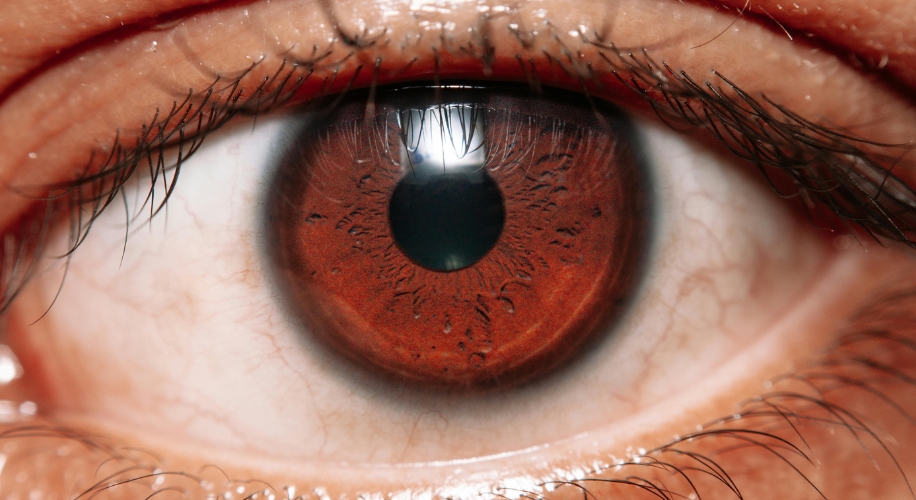Which is Better: Warm or Cool Compresses?
When it comes to maintaining optimal eye health, the simple act of applying a compress can be incredibly effective. Whether you’re dealing with dry eyes, tired eyes, or even allergies, both warm and cool compresses offer distinct benefits. In this blog post, we’ll explore the differences between warm and cool compresses, their specific uses, and which might be the best choice for your particular eye issues.

Photo by Ann H
Understanding Warm Compresses
Warm compresses are a popular choice for a variety of eye concerns. These compresses are typically made from a cloth or pad that has been heated to a comfortable temperature. Here’s how they can benefit your eye health.
Benefits of Warm Compresses
- Relieving Dry Eyes: Warm compresses help to stimulate the oil glands in your eyes, which can improve the quality of your tears and alleviate symptoms of dry eye syndrome. By applying a warm compress, you encourage these glands to release oils that keep your eyes lubricated.
- Soothe Styes and Blepharitis: If you’re suffering from a stye (a painful, swollen bump on the eyelid) or blepharitis (inflammation of the eyelid), warm compresses can provide much-needed relief. The warmth helps to loosen any crust or debris that may be contributing to the problem and can ease the discomfort.
- Reducing Eye Strain: After a long day of staring at screens, your eyes can feel tired and strained. A warm compress can relax the muscles around your eyes, reducing strain and giving your eyes a soothing break.
How to Use a Warm Compress
To use a warm compress, soak a clean cloth in warm (not hot) water and wring out the excess. Place the cloth over your closed eyelids for about 5-10 minutes. Ensure the temperature is comfortable to avoid any risk of burns. Repeat as needed throughout the day.
Photo by Danish Ahmad
Exploring Cool Compresses
On the other hand, cool compresses involve applying a cloth or pad that has been chilled to a cool or cold temperature. They are effective in different ways and can be very soothing for certain conditions.
Benefits of Cool Compresses
- Reducing Puffiness: Cool compresses are particularly effective at reducing puffiness around the eyes. If you wake up with swollen eyes or experience puffiness due to allergies, applying a cool compress can help constrict blood vessels and decrease swelling.
- Alleviating Allergies: For those suffering from eye allergies, cool compresses can offer relief by reducing itching and inflammation. The cool temperature helps soothe irritated eyes and provides a calming effect.
- Relieving Eye Fatigue: Similar to warm compresses, cool compresses can also be beneficial for eye fatigue. They provide a refreshing sensation that can help rejuvenate tired eyes after a day of screen time or intense focus.
How to Use a Cool Compress
To use a cool compress, place a clean cloth or pad in the refrigerator or freezer for a few minutes. Make sure it’s not too cold before applying it to your eyes. Place the cloth over your closed eyelids for about 5-10 minutes. If using a cold gel mask, follow the manufacturer’s instructions for cooling and application.
Photo by Antoni Shkraba
Deciding Between Warm and Cool Compresses
Both warm and cool compresses can play a significant role in maintaining eye health and alleviating various eye conditions. The choice between warm and cool compresses largely depends on the specific issue you’re facing with your eyes. Always remember to consult with a healthcare professional if you have persistent or severe eye issues to ensure the best care for your vision health.






 Canada
Canada